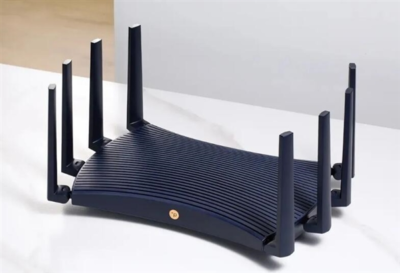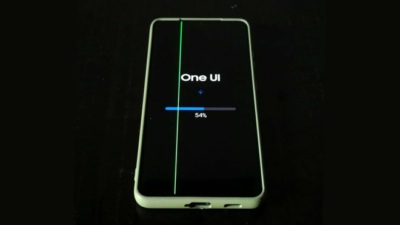I saw the future: Mojo CEO shows off prototype AR contact lens

Drew Perkins, head of the start-up Mojo, has now published a wearing report of the first smart augmented reality contact lens. He regularly uses the Mojo development lens prototype and loves it. “I’ve seen the future,” Perkins stated in his recently released Mojo AR lens review The Californian company Mojo Vision has been developing intelligent contact lenses since 2015. Like smart glasses, they should display useful AR images in the field of view to provide valuable information. Over the years, there have been updates on the projects from time to time, but the company has only now reached this milestone.
Mojo CEO Drew Perkins was the first subject to experience an “on-eye demonstration” of the fully functional augmented reality contact lens. in an interview with Cnet, he said he only wears one contact lens at a time, but for hours on end. The goal is to wear two Mojo lenses at the same time and create 3D visual overlays. Samples of the displayed content were also provided. For example, the CEO of Mojo uses a compass and a teleprompter. The heart of the lens is an Arm M0 processor and a Micro LED display with 14,000 pixels per inch. It has a diameter of only 0.5 mm and a pixel pitch of 1.8 microns. According to Perkins, it is the “smallest and densest screen ever designed for dynamic content”.
Not yet independent
However, the contact lens does not yet work independently. The prototype currently has a “relay accessory,” as the Mojo Vision representative puts it. It is a module that is worn around the neck and that contains a processor, a GPU, and a 5GHz radio for sending and receiving data to and from the lens. The current prototype also uses a hood with an integrated antenna to facilitate connection, as reported by Cnet. Perkins’ blog suggested that within 10 years people were sure they could walk around with smart contact lenses. Until then, the necessary accessories should therefore be omitted.
Digital marketing enthusiast and industry professional in Digital technologies, Technology News, Mobile phones, software, gadgets with vast experience in the tech industry, I have a keen interest in technology, News breaking.











